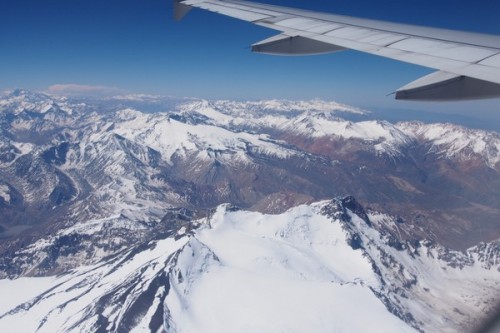
So we flew. From Santiago, over the Andes, to Mendoza. The two cities are quite close geographically, but very different.
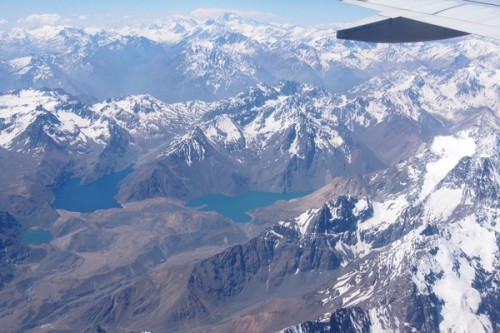
Mendoza, in the far east of Argentina, is mostly desert. It’s a high desert plain, but where there’s water, there are oases (just 3% of the surface area of the province has enough water for agriculture). This water availability, either from rivers or from wells tapping into groundwater, is all because of snow melt from the Andes, and it makes agriculture possible. The vineyards here are all irrigated: traditionally, this was from flood irrigation with small channels directing the water through the vineyard to the vines, but more recently through drip irrigation.
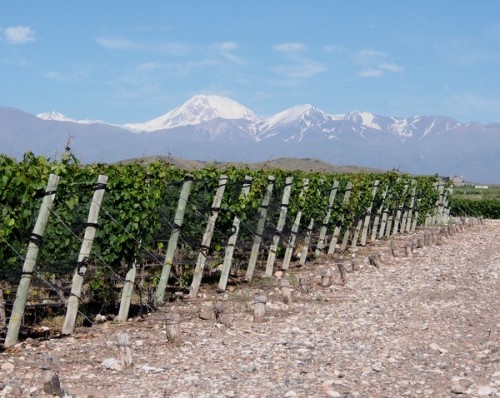
There are four main stories emerging here in Mendoza. The first, which has been going for a while, is altitude. The lowest vineyards are at 650 m or so, and these are very warm. The highest are at 1400 m, and these are much cooler, and the light intensity is also higher. Over recent decades the hot spot for viticulture has been the Uco Valley, which starts around 1000 m and goes up to 1400 m. There’s been a lot of work looking at exploring different sites and subregions here, and it’s not uncommon to see the altitude indicated on the back label of a wine.
The second story is soils. Top producers are now realising that their (mostly large) vineyards aren’t homogeneous, but instead have different soil types that in turn result in very different wines. And different sub regions also have different soils. The fixation with climate and altitude has now been tempered by this realisation that soils matter.
The third story is grape varieties. Back in the 1980s there was a crisis in Argentina. Malbec went from 60 000 hectares to just 9000 as vines were ripped out, because it simply wasn’t economical to farm these vineyards. This left Bondarda, at 16 000 hectares, as the country’s main grape variety. Fortunately, some heroes kept uneconomic Malbec vineyards because they loved them, and since then Malbec has made a resurgence to 39 000 hectares, while Bondarda has stuck at 16 000. Now, though, there is interest in grape varieties other than just Malbec. Bonarda is making a come back. Cabernet Franc is doing well. There’s even some interest in the high-yielding Criollas – old, high-yielding red varieties used to make jug wine. And for whites, Semillon and Chenin Blanc are making waves (albeit in small quantities).
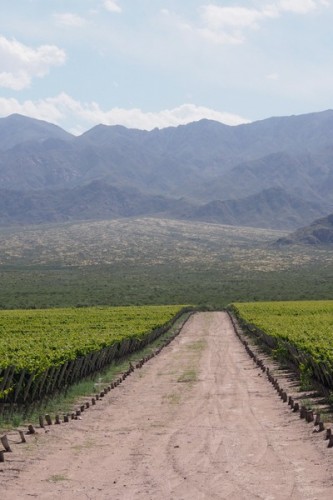
The fourth story is one that is being repeated across the wine world. Winemakers are looking to make wines that better express site. Heavy handed winemaking with lots of new oak, and picking too late resulting in alcoholic, jammy, sweet wines are on the way out. Winemakers are experimenting with methods of elevage other than just small oak. And the results are highly encouraging. The boring, monolithic, alcoholic international-styled red wines are on the way out.
While there still exist big, rather soupy, overdone examples of Malbec, it’s now possible to get very floral, balanced and utterly delicious examples that are a joy to drink, and can be really affordable.
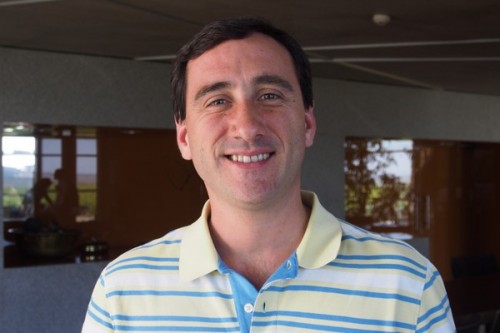
A great example is the Doña Paula Estate Malbec 2015. Half of this comes from Tunpungato in the Uco Valley (at 1350 m), and the other half comes from the lower Los Indios vineyard in the Uco Valley. It’s delicious, there’s no new oak, and it’s just £12 or so in the UK. Winemaker Marcus Fernandez says, ‘this style of Malbec is the future, with beautiful sweet soft tannins without jamminess or over-ripeness.’
Doña Paula Estate Malbec 2015 Uco Valley, Mendoza, Argentina
Beautifully floral nose with black cherries and olives. So pure and vivid with violet and some fine herbs, as well as black cherry and blackcurrant fruit. Very fresh and floral, and a bit salty with lovely finesse and purity. 92/100
<>
One can only hope. 15 or so years ago I often said that it was hard to find a bad Malbec. Then things got reversed, and I felt that it was very difficult to find a good one here in the US. So I stopped trying, and stuck to Cahors for Malbec. Maybe I’ll soon be able to start drinking Argentine Malbecs again.
“The boring, monolithic, alcoholic international-styled red wines are on the way out.”
One can only hope. 15 or so years ago I often said that it was hard to find a bad Malbec. Then things got reversed, and I felt that it was very difficult to find a good one here in the US. So I stopped trying, and stuck to Cahors for Malbec. Maybe I’ll soon be able to start drinking Argentine Malbecs again.
Hi Jamie, Awesome article! I was planning a trip to Argentina but wondering before making a trip what places me and my family should visit in argentina, and it seems that now I can pack my bags and fly off to Argentina after reading such an informative article, thanks a lot Jamie. I’m also planning to do some wine tasting in Argentina, wine is my second love you can say 🙂 .Since You have suggested Doña Paula’s Alluvia vineyard in Gualtallary surely going to take a sneak peek over there and the story related to this place makes it even more interesting.
As I am going with family, I found a few things that I should take care of https://tango.tours/ultimate-guide-wine-tasting-tour-parents/ (In case anyone wants to check :)) Can you suggest me few more tips and places that I can enjoy with my family?